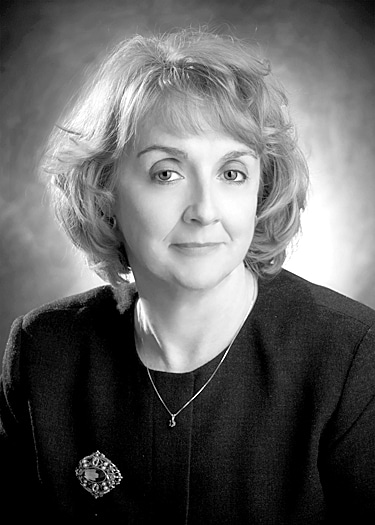
More Mental Health Articles
Factors Linked To Breast Cancer
In May of 2007, the Susan G. Komen Foundation released the results of a state-of-the-science study of environmental factors that affect breast cancer. This study is the most comprehensive review to date of scientific research on environmental factors that may increase breast cancer risk. The study collected and assessed existing scientific reports on potential links between specific environmental factors and breast cancer.
The researchers synthesized national and international data sources and identified 216 chemicals that cause breast tumors in animals.
They used the information to create a unique searchable online database www.komen.org/environment that is available free of charge and will be of particular interest to researchers, healthcare workers, policymakers and some members of the public.
Komens goal in funding the Silent Spring initiative was to determine where there is consensus within the scientific community on the relationship between environmental factors and breast cancer and where additional research or improved research methods are needed. Such information can help guide public policy and help funding organizations like Komen for the Cure to determine where to most effectively target research grant monies.
Study details
The database includes references to 900 studies, 460 of which are human breast cancer studies that were critically evaluated by the research team. The studies measure breast cancer risk related to body size, physical activity, environmental pollutants, and prospective studies of diet. For each study, bibliographic information, key methods and findings, and a critical assessment of the strength of the evidence is included.
The database reveals that among the 216 compounds that cause breast tumors in animals
73 have been present in consumer products or as contaminants in food
35 are air pollutants
25 have been associated with occupational exposures affecting more than 5,000 women a year
29 are produced in the United States in large amounts, often exceeding one million pounds per year.
“Komen is eager to see quality science yield answers that will eventually lead us to our ultimate goal of knowing how to prevent breast cancer. Commissioning this study is a step toward that goal, because it helps to determine what is known and what is not known about the possible link between certain environmental factors and the incidence of breast cancer,” said Hala Moddelmog, president and CEO of Komen for the Cure.
“While it is disturbing to learn that there are so many chemicals that may be linked to breast cancer, there is also a great opportunity to save thousands of lives by identifying those links, limiting exposure and finding safer alternatives.”
Komen funds additional
environmental projects
In response to the studys findings, Komen is now funding the development of new and innovative models for researching breast cancer and environmental risk factors.
Phase Two of the study will focus on the toxicology of endocrine disruptors, perinatal and early life exposures, non-hormonal pharmaceuticals, tobacco smoke, occupational exposures, exposure to light at night, and stress and social factors.
As an advocacy organization, Komen for the Cure is committed to educating people about what we know about breast cancer today, while continuously searching for evidence that will provide answers for tomorrow. To read the entire original article on-line go to http //cms.komen.org/komen/NewsEvents/ KomenNews/070514-SilentSpring. Remember, your donations to the Komen Foundation
Other Articles You May Find of Interest...
- Women’s Mental Health
- Integral Eye Movement Therapy and Relationships
- Overcoming Anxiety: Psychological Strategies That Work
- Mental Health and Wellness: Tips for Maintaining a Balanced Life
- Ten Acts That Can Surprisingly Improve Your Mental Health
- The Future Of Mental Health: Tech Trends To Watch
- How to Create a Supportive Home Environment for Depression

















